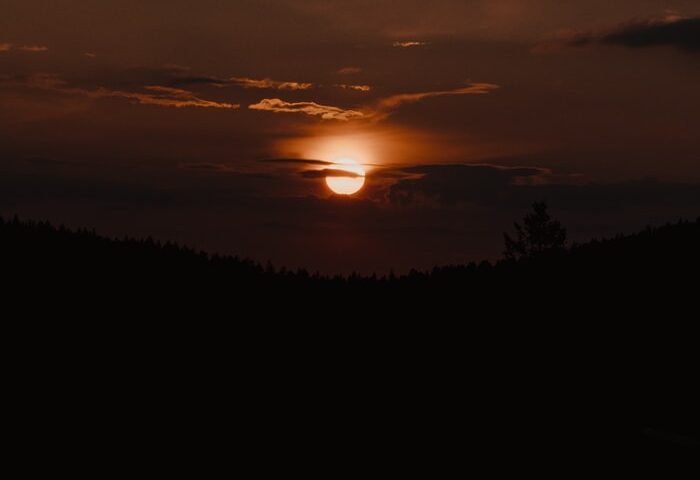Though not originally intended as such, this issue unites its articles under a thematic umbrella of highlighting underrepresented voices and genres. These articles discuss works of writing that are not widely represented within our received canon, whether such under-representation pertains to the kinds of stories they tell, social groups they foreground, or genres they occupy.
View More Alluvium Editorial 9.4Category: Issue 9.4
The ‘Other’ Women of Canada: Is the Canadian Rainbow a Myth?
The question of what it means to be ‘Canadian’ is contextualized in our époque by widespread economic and political globalization, including major migration patterns whose proportions have been unseen in Canada since the turn of the twentieth century. Minority and cultural rights are legally recognized within the Canadian Charter of Rights and Freedoms (1982) and the Canadian Multiculturalism Act (1988). The question of national identification is not new but has become distinctive and even more pertinent in the context of postmodernity.
View More The ‘Other’ Women of Canada: Is the Canadian Rainbow a Myth?Challenging Cis-Heteronormativity in The Night Brother
Neo-Victorianism features contemporary twentieth- and twenty-first-century depictions of nineteenth-century settings, events, and characters. Specifically, literary and visual works utilise this historical environment (and often, real historical events) to reflect and address contemporary issues. Mark Llewellyn notes how neo-Victorian works often represent “marginalised voices, new histories of sexuality … and other generally ‘different’ versions of the Victorian” (165).
View More Challenging Cis-Heteronormativity in The Night BrotherImagining Homelessness: Ethnofiction in Marc Augé’s No Fixed Abode and Mahsuda Snaith’s How To Find Home
What place does literary fiction have in addressing homelessness? French anthropologist Marc Augé and British-Bangladeshi writer Mahsuda Snaith prompt this question through their respective texts No Fixed Abode (2011) and How to Find Home (2019). Augé’s novellais about a retired tax inspector called Henri Cariou who sleeps in his car on the streets of Paris. With some savings and intent on maintaining hygiene and respectability, Henri calls himself a “top-of-the-range”, “clean-cut” homeless person initially (Augé 14, 34), but is a “living corpse, waking mummy” (54) before long.
View More Imagining Homelessness: Ethnofiction in Marc Augé’s No Fixed Abode and Mahsuda Snaith’s How To Find HomeNeoliberal Façades, Concrete Utopias: The Infrastructure of Weird Fiction
Infrastructures are technologies which facilitate fundamental operations and systems within a society (Cambridge Dictionary n.p.). Infrastructures often appear mundane, with examples including roads, public transport systems and government buildings. However, their pervasiveness, alongside the roles they play in the structuring of everyday existence, make infrastructures political objects. Anand, Gupta, and Appel (2018) describe infrastructures as “social, material, aesthetic, and political formations that are critical both to differentiated experiences of everyday life and to expectations of the future” (3). This understanding informs Infrastructure Studies, a critical field which examines how experience with infrastructure informs the material conditions and political imaginations of citizens.
View More Neoliberal Façades, Concrete Utopias: The Infrastructure of Weird Fiction




